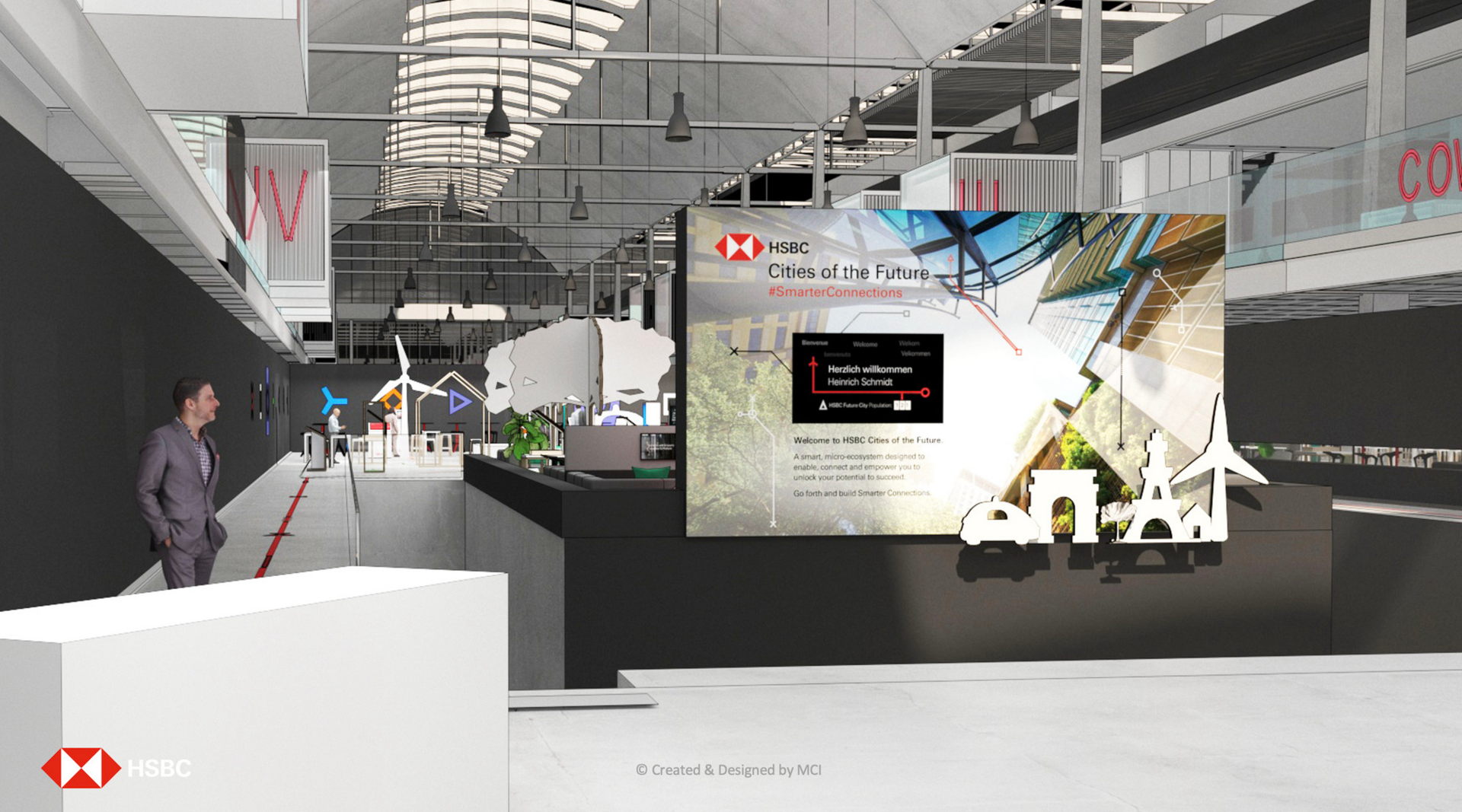
Understanding Brand Positioning and its importance
How can brand positioning be defined? It's the ongoing strategic process of capturing the hearts and minds of your target audience relative to your competitors. But how important is it exactly? Some studies suggest that consistent brand presentation can boost revenues by up to 23%, which is not to be sniffed at.
Effectively attracting potential customers involves communicating your value clearly to your target audience. So, let's break things down a little further to provide some context and illustrate why it’s a practice that’s crucial to your bottom line.
Highlighting what makes you unique
Why does anyone choose to use your products or services? It's because they see something about what you offer as unique or of some value. It could be innovative features, superior quality, or exceptional service. That's where your brand positioning strategy comes in—as it emphasises what's unique…and great about you.
It's also about where customers perceive you. For example, if your products are known for being at the luxury end of the market, you'll likely aim your messaging at consumers seeking high status and quality. Alternatively, you may target a budget-conscious demographic if your products are cost-effective and reliable.
Focusing your marketing on the right audience
Few companies have the resources and broad appeal suitable to target all market areas, as meeting the needs of everyone is nigh on impossible. As such, specific audiences must be targeted to use your budget effectively. A well-created brand positioning framework will help you narrow your scope to the required level.
The process involves accounting for where you lie in the market, which informs you of your ideal clientele and, in turn, the kind of marketing content you should create.
A significant competitive advantage
There's little doubt that a strong brand position gives you a significant competitive advantage, as it clearly communicates why customers should choose one brand over another. By highlighting hard-to-replicate unique attributes, companies can build customer loyalty, sustained sales and market dominance over time.
Not only that, but a well-constructed brand positioning strategy can also translate to a higher perceived value, allowing you to command premium pricing and widen your overall profit margins - reason enough to give it the proper focus.

Creating an effective brand positioning framework
There are several critical steps involved in the creation of an effective brand positioning framework. In this section, we look at those defined steps that must be taken by any company looking to resonate with its audience and announce its unique appeal.
- Step #1—Market research—An in-depth knowledge of the industry landscape is the foundation of any fit-for-purpose brand positioning strategy. That means fully analysing your competitors, market trends and overriding consumer preferences. Tools that will help you do this include PEST and SWOT analyses, providing you with comprehensive insights into what you're up against. This process will also help you identify gaps in the market your brand can fill.
- Step #2—Identifying your Unique Value Proposition (UVP)—We've already mentioned the word ‘unique' a few times, and that's because it's a crucial part of the equation. As a cornerstone of a brand positioning framework, it defines what makes you different from all the other contenders in your space. What it shouldn't be confused with is what you do well—as that's a given. We're talking about a strong UVP that only you can offer, whether focused on innovation, user experience, design, or something else.
- Step #3—Determining your target audience—Another essential and strikingly obvious element that shouldn't be overlooked is what your target audience looks like. The process of segmentation will help you narrow down the demographics of those most likely to buy from you and understand their pain points. Detailed buyer personas can help you to visualise your ideal customer and build your brand positioning strategy around them.
- Step #4—Crafting a positioning statement—Whether on your brand guidelines, website, or company brochures, a brand positioning statement will succinctly convey your unique place in the market to anyone who comes into contact with you. The more customers and company employees hear and see this statement repeated, the more it will reinforce your organisation's values and goals.
- Step #5—Implement and communicate your positioning—The penultimate part of creating your brand positioning framework involves integrating our carefully worked-out parameters into every aspect and touchpoint of your messaging. This means training employees and integrating them into your website, social media profiles, advertising, and, if applicable, packaging. This consistency will build brand recognition and trust.
The last piece of the jigsaw is an ongoing step that requires you to continuously monitor and adjust your approach based on feedback and market changes. Metrics like brand awareness, market share, and customer loyalty will help you to know whether you need to refine your strategy or pivot in a different direction.

Real-world brand positioning examples
So far, we've discussed the theory of creating a framework, which has been helpful. However, now we're going to offer some real-world examples of how the MCI team has used its considerable expertise to position some major brands in their respective sectors. Stay with us as we cover some notable success stories.
Case Study #1 - HSBC Future Cities
MCI experts worked with HSBC, the major financial corporation, to create a captivating 'Cities of the Future' event as part of their brand positioning efforts. An immersive, connected environment was created that utilised an urban/financial graph design, including inspirational demos and a showcasing of the company's vision for future urban living.
Intelligent communication was used before, during, and after this experiential event, connecting attendees to each other, speakers, and plenary content. The result was HSBC being positioned as a forward-thinking brand and a leader in the development of smart cities.
Case Study #2 - VMWare Staffing Solutions
In this instance, VMware sought MCI's help to reorganise their association staffing structure as they faced challenges with high staff turnover, overreliance on contractors, and undefined roles - something that was potentially affecting the external perception of their organisation due to instability and inefficiencies.
Here, MCI helped VMware map the specific needs of each target company and identify opportunities linked to their solutions. They also analysed stakeholders and influencers within each organisation to create a value proposition and tactical plan while using personalised approaches to reach decision-makers and gain new business.
Combined with a comprehensive content strategy to demonstrate its benefits to the customer, VMWare was able to position itself as a company with a deep understanding of client needs and capable of delivering tailored high-value solutions.
Case Study #3 - European Hematology Association (EHA)
Here, the EHA sought help from MCI in growing their annual event to one of the largest haematology congresses in Europe. Providing assistance with full congress management, program planning, exhibition sales, venue selection, content creation and sponsorship, the MCI team helped to create a truly memorable, impactful event.
Held in various European cities, MCI has been helping EHA grow its events for more than 22 years, during which time more than 150,000 delegates have attended, with 350 sponsors attracted. The goal of EHA being positioned as a premier haematology organisation has been achieved with aplomb.
Looking to enhance your brand positioning? MCI can give you the support you need
Your brand positioning framework defines your organisation's unique value while guiding your marketing efforts. Without one in place, it can be very difficult to accurately convey your uniqueness to the people who matter. However, as we've seen, differentiating yourself to build recognition, loyalty, and trust takes a comprehensive and well-thought-out approach - something your packed diary might not leave much time for.
At MCI, we're experts in helping companies enhance their reputation through innovative strategies. With our assistance, you can define your brand's place in the market and enjoy the success your efforts deserve. To find out more about us and what we can do for you, take a glance at our array of engagement marketing services.
Alternatively, if you'd like to get started on the road to success, fill out our contact form, and a member of our team will reply to your enquiry directly.




